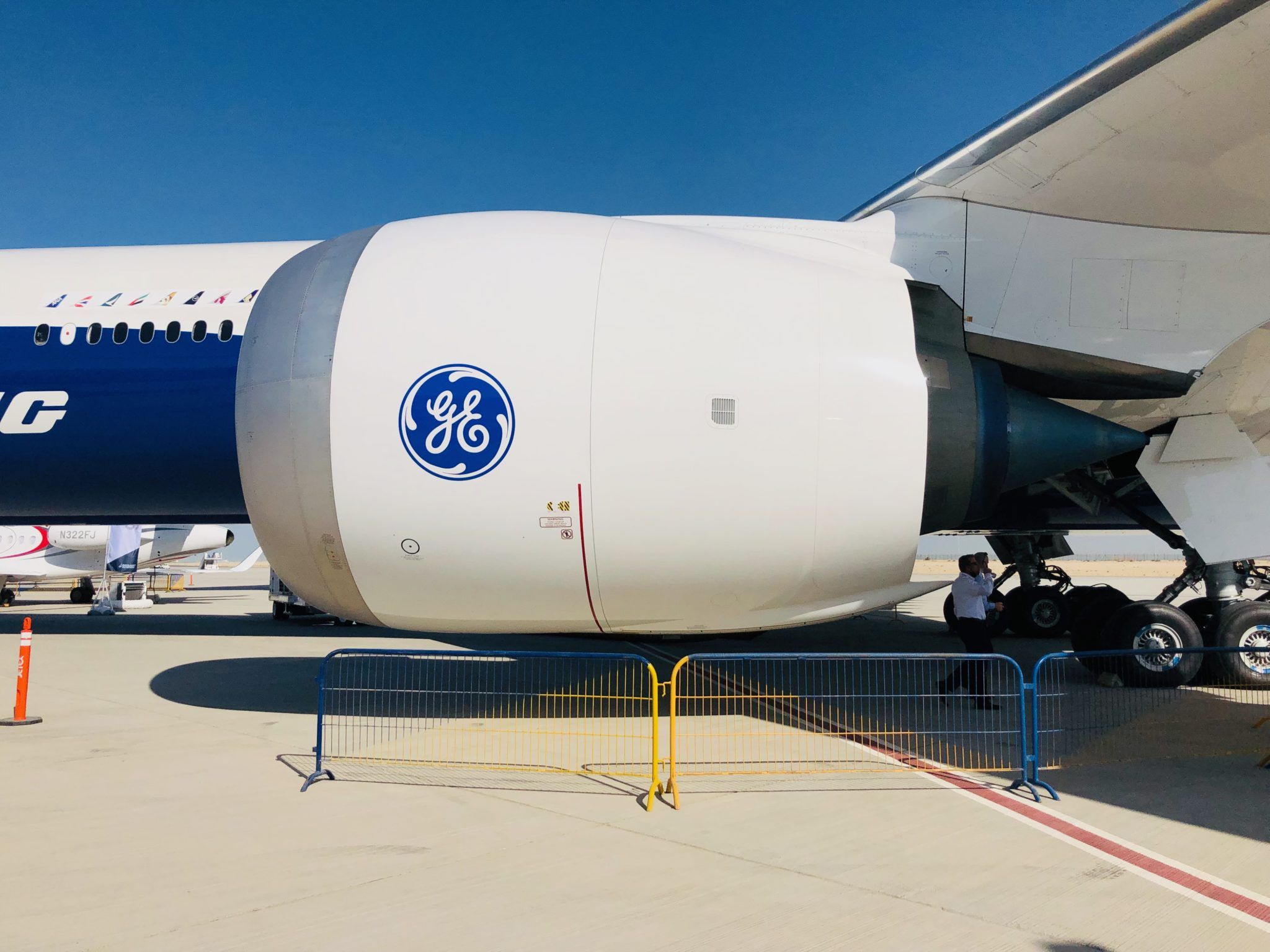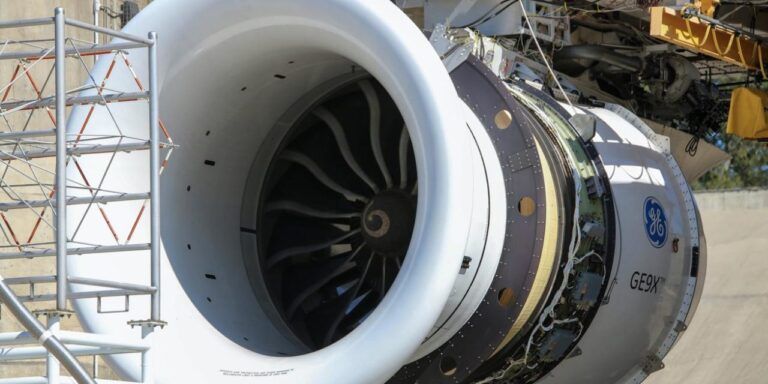GE Aviation’s GE9X engine has completed dust ingestion testing after a series of 1,600 dust ingestion cycles.
The testing was completed at GE Aviation’s site in Peebles, Ohio. During the tests engineers inject a stream of fine dust debris straight into a demonstration engine to simulate some of the world’s toughest flying conditions and then inspecting the inside of the engine with borescope.
GE9X program manager Karl Sheldon said, “We’ve pushed this engine to the limits of what it might experience in the harshest conditions that we can imagine. The images of the engine looked good. Its core looks excellent, and all components are functioning as expected.”
The GE9X already received certification from the FAA last year. The GE9X is the world’s most powerful jet engine and will be used first to power the twin-engine Boeing 777X family.
According to Boeing, the 777X is expected to enter service within the next two years.
“These dust ingestion tests aren’t even part of any certification effort,” said Sheldon. “We’ve now put this engine through more testing than any engine in our history prior to entry into service.”

The risks of ingesting a lot of dust is the highest during takeoff, because the first few thousand feet of altitude are relatively dense with particulate matter. Takeoff is also when a plane’s engines run at full throttle, reaching temperatures over 1,000˚C . Sheldon said, “At that level, the dust can melt and infiltrate into the system,” Aho says. The engine’s high-pressure turbine, which is just downstream of the combustion chamber and the hottest part of the engine, is particularly susceptible to the molten debris.”
To demonstrate that the GE9X could resist dust throughout the entire flight “envelope” — takeoff, cruise, and landing — GE Aviation engineers used a special rig to simulate the volume, trajectory and velocity of airborne debris that the engine might encounter in a typical journey.
GE Aviation manufactured its own dust in partnership with scientists from GE Research Center in Niskayuna, New York. Engineers positioned the rig in front of the GE9X, and the mighty engine pulled in the specially engineered dust.
Dust protection measures include a 3D-printed particle separator, which sift out dust from the stream of air, or flow path, that cools the turbine. The lining of the GE9X’s combustor and turbine shroud is also made of next-generation materials called ceramic matrix composites (CMCs), which can withstand much higher temperatures than most metals.
GE Aviation are now conducting 3,000 cycles of additional ground testing on the GE9X to support Extended Operations (ETOPS) approval, a certification that permits twin engine aircraft to fly routes at a prescribed distance from the nearest airport that is suitable for an emergency landing. GE Aviation anticipates ETOPS testing to conclude in the first half of 2022. “These tests help us set a baseline going into service,” said Sheldon. “We know what the customer is going to get.”





